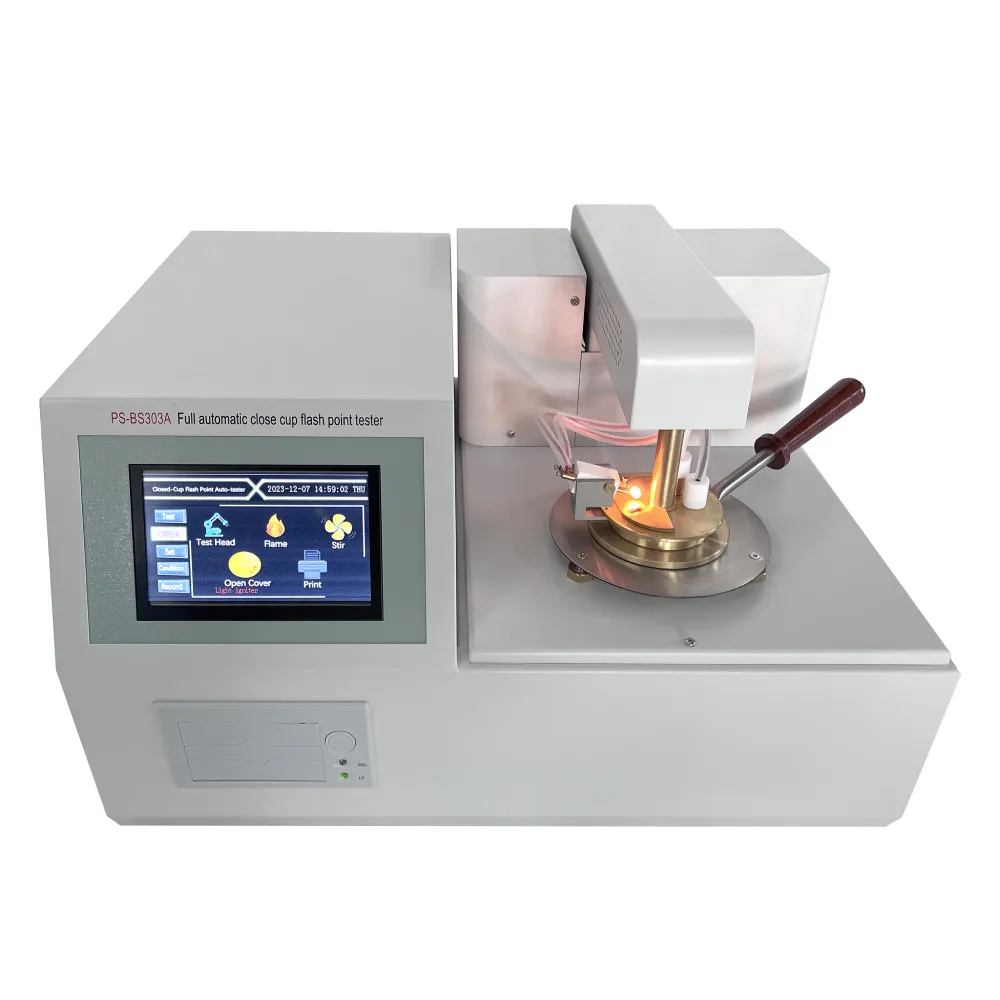 English
English


transformer oil tan delta
Understanding the Tan Delta of Transformer Oil Importance and Analysis
Transformer oil, also known as insulating oil, plays a crucial role in the performance and longevity of transformers. One of the significant aspects of assessing the quality and operational reliability of transformer oil is through tan delta measurement. This parameter provides insights into the insulation properties of the oil and is essential for evaluating the health of transformers.
Understanding the Tan Delta of Transformer Oil Importance and Analysis
The measurement of tan delta in transformer oil is typically conducted using a dielectric dissipation factor tester. This instrument applies an AC voltage to the oil sample and measures the phase difference between the voltage and the current. The phase difference is directly related to the tan delta value. Regular testing helps detect degradation in the oil, as changes in the tan delta value can indicate the presence of moisture, particulate contamination, or oxidation, all of which can adversely affect transformer performance.
transformer oil tan delta

Monitoring tan delta values is vital for predictive maintenance strategies. As transformer oils age, their chemical composition changes, leading to increased dielectric losses. When tan delta values rise above acceptable thresholds, it signals that the insulating oil is no longer functioning effectively and the transformer may be at risk for failure. These elevated levels can be indicative of issues such as overheating or the presence of impurities, which need to be addressed promptly to avoid costly downtime or damage to the electrical infrastructure.
In practical terms, an increase in tan delta not only shows that the oil is deteriorating but also serves as a warning sign for the overall integrity of the transformer. For operators and maintenance teams, understanding these dynamics is critical for the safe and efficient operation of electrical systems. They can conduct regular monitoring and analysis to ensure that the oil remains within acceptable limits, thereby extending the lifespan of the transformer and ensuring reliability in power delivery.
In conclusion, the tan delta of transformer oil is a key performance indicator that cannot be overlooked. By maintaining a close watch on tan delta values and implementing routine testing, operators can ensure efficient transformer operations, mitigate risks, and ultimately save costs associated with unexpected failures. As technology advances, integrating tan delta measurement with broader maintenance and monitoring practices will continue to enhance the reliability and efficiency of transformers in electrical networks.
-
Differences between open cup flash point tester and closed cup flash point testerNewsOct.31,2024
-
The Reliable Load Tap ChangerNewsOct.23,2024
-
The Essential Guide to Hipot TestersNewsOct.23,2024
-
The Digital Insulation TesterNewsOct.23,2024
-
The Best Earth Loop Impedance Tester for SaleNewsOct.23,2024
-
Tan Delta Tester--The Essential Tool for Electrical Insulation TestingNewsOct.23,2024





